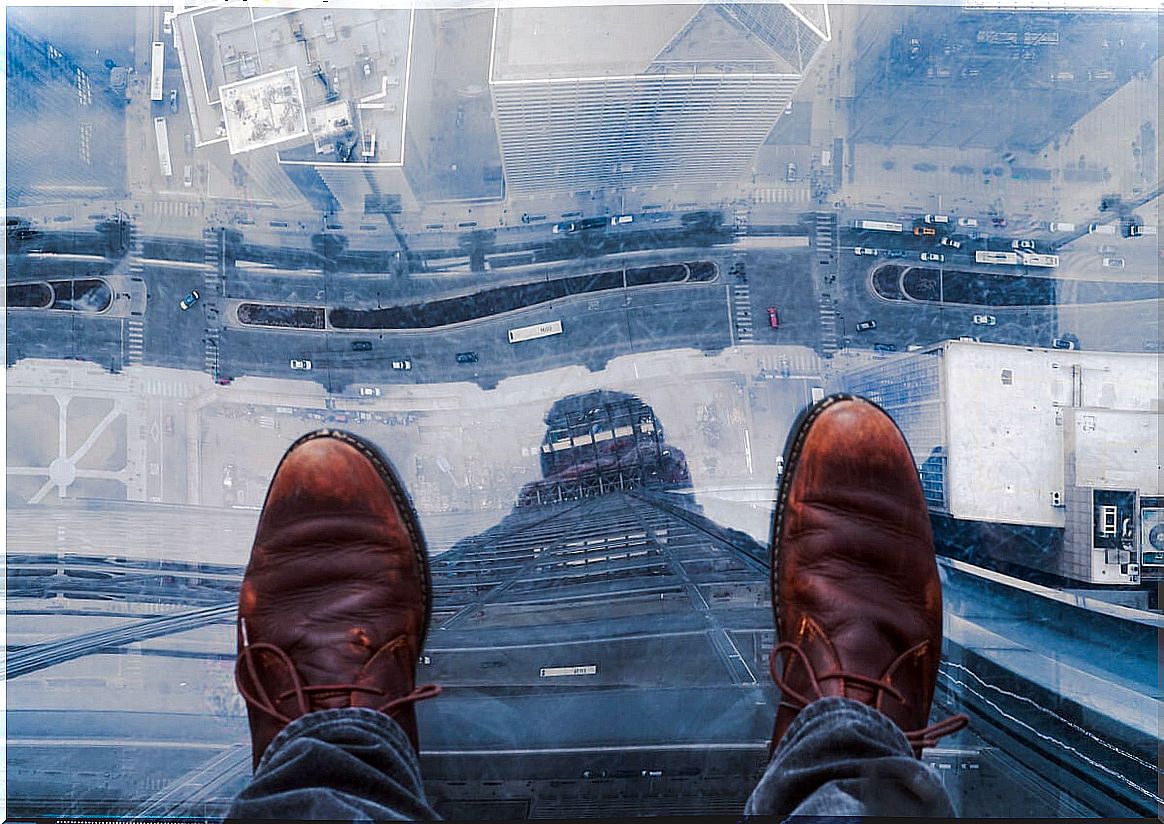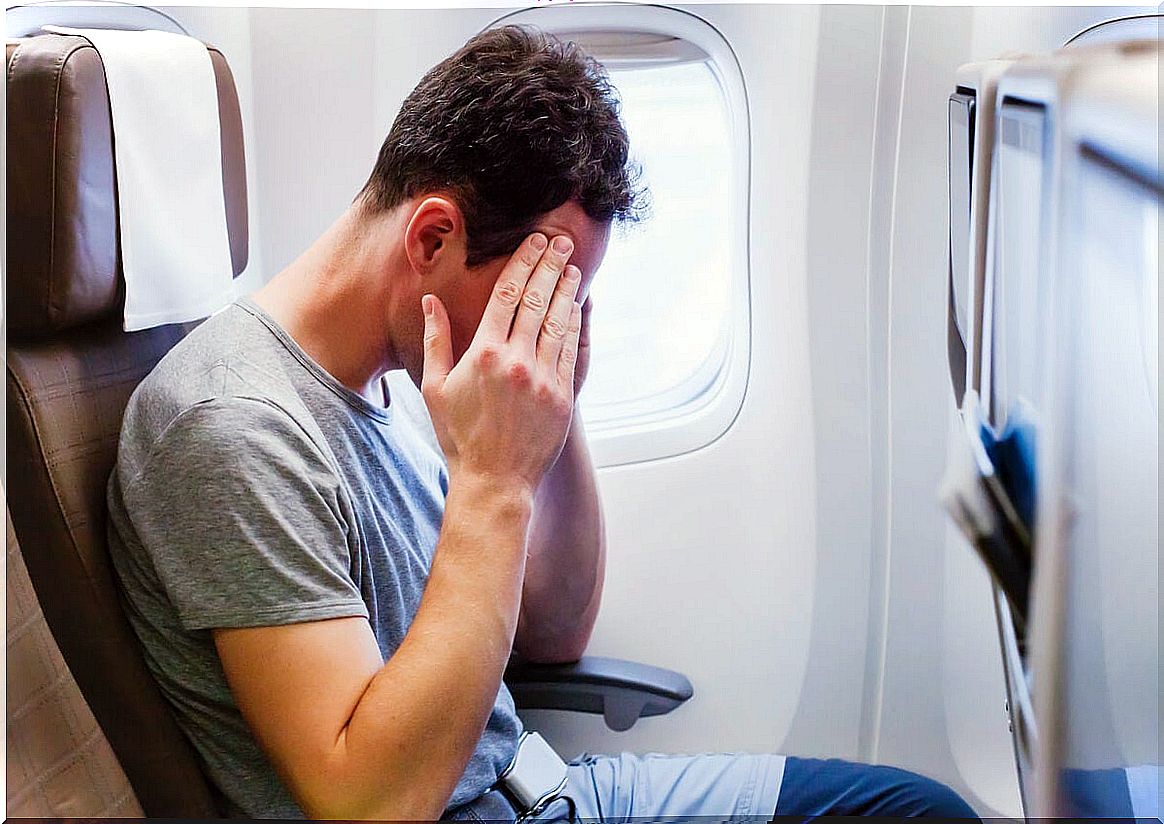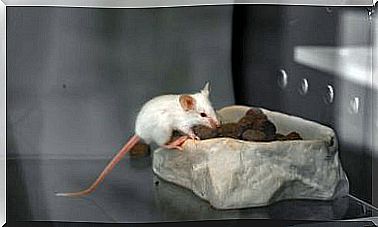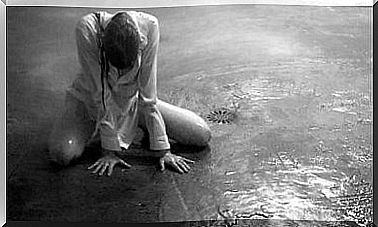Keys To Understanding Specific Phobias

Specific phobias are associated with an extreme and irrational fear of a particular object or situation. There are almost countless specific phobias, from the weirdest like coulrophobia to the mundane ones like claustrophobia.
Traditionally, specific phobias are divided into four categories: animal phobias, injection injury phobias, natural environment phobias, and situational phobias. To make the diagnosis of simple or specific phobia, specialists are based on the diagnostic criteria of the DSM-V or the ICD-10.
Specific phobias are among the most common anxiety disorders. Regarding the impact they have on the life of the person, we find great individual differences; there are people who are very limiting and for others they are no more than a small nuisance.
What characteristics do we need for a specific phobia to occur?
One of the difficulties in diagnosing specific phobias has to do with the boundary between adaptive fear and phobic fear. There is more or less general agreement when it comes to pointing out a series of characteristics indicative of a phobic fear reaction:
- It is disproportionate to the demands of the situation.
- It cannot be explained or reasoned by the individual.
- It is beyond voluntary control.
- Encourage avoidance of the dreaded situation.
- It persists over time.
- It is maladaptive.
- It is not specific to a certain stage or age.
Of the characteristics mentioned, the most important for differentiating phobic and adaptive fear are the persistence, magnitude and maladaptive nature of phobic fear with respect to adaptive fear.

Age of onset, prevalence and distribution by gender
The prevalence of significant specific phobias ranges from approximately 3% to 12% in the general population. The age of onset can vary widely. The highest prevalence of specific phobias in children occurs between the ages of 10 and 13.
Specific phobias occur in 2-4% of children ; however, only a small number of children seek consultation. Also, specific phobias are more common in girls than boys, and symptoms tend to occur at younger ages in girls than in boys.
Clinical features
In specific phobias, patients do not seek help as often as with other types of phobias. Therefore, the level of deterioration can be minimal, especially if the chances of confrontation with the phobic object are low.
Most of the people who seek help to overcome their phobia do so for these three determinants:
- Something has changed in the patient’s life that makes the phobic stimulus acquire greater presence or relevance.
- An abrupt event has caused certain fears to appear that did not exist before and condition their current life.
- The person is tired of living with a certain fear and decides to solve his problem.
The range of stimuli that triggers the fear reaction in an individual with a specific phobia is limited, but the nature of the stimuli that can potentially trigger a phobic reaction is enormous.
Keys to understanding some specific phobias
Although family studies suggest an increased risk in first degree relatives, specific phobias can also be acquired environmentally through direct and aversive experience with the situation or object.
Such an experience is believed to potentially overactivate the amygdala, the key structure involved in the development and coordination of the physiological expression of fear.
Phobia of animals
Animal phobia consists of isolated fears of certain animals that are not usually dangerous, such as birds, dogs, cats, etc. It involves fear and avoidance of the animals themselves and not so much disgust or fear of contamination. In this type of phobias, fear tends to be triggered when the animals are in motion.
As a rule, people fear one type of animal and not other different species and only a minority show fear for the damage that the animal can cause them.
As curious as it may seem, after the first exposures, in which the person usually uses the avoidance strategy that reinforces that fear, they tend to fear the intense discomfort, anticipating a possible exposure, more than the possibility that the animal may attack.
Blood phobia
The phobia of blood and wounds has several unique distinguishing features. The most important is the biphasic cardiovascular physiological reaction. It can reach a brief asystole. It is accompanied by nausea, sweating, paleness, and sometimes fainting.
Similar to animal phobia, anxiety is more related to the anticipation of a possible blackout than to the phobic stimulus.
Situational phobias
The so-called situation phobias cover a varied set of situations, although the most representative are the phobias of airplanes, of driving, of very crowded places, of heights and bridges.
The most distinctive aspect is that it usually occurs both alone and as part of panic disorder with agoraphobia. Some authors have come to consider that it is a moderate form of agoraphobia.
Prevalence, epidemiology and course of specific phobias
The prevalence of significant specific phobias ranges from 3% to 12% of the general population. They can occur at any vital moment, but it seems that the average age is between 7 and 16 years with a range that goes from 3 to 67.
Fear of animals and blood are the earliest (between 7 and 9 years) and fear of heights and claustrophobia, together with the phobia of driving, are the latest (between 20 and 25 years).
People with a simple phobia outnumber agoraphobics and social phobics . Almost half of social phobics and simple phobics are also agoraphobic. Despite being very prevalent, few seek help.
In specific phobia the degree of disturbance can become tolerable. Specific phobia predominates in women compared to men with a 1: 1.7 ratio. Above all this is confirmed in the phobia of animals.

Intervention in the context of specific phobias
The preferred intervention for this type of phobias combines exposure and systematic desensitization. The data collected in different studies tell us that its effects remain 6 to 12 months after treatment.
In this therapy, the patient is exposed to the feared stimulus, but progressively and gradually. This process tries to get the person to get used to the stimulus by forcing the decrease in anxiety, which occurs naturally, to occur in the presence of the stimulus.
The person can understand, in higher cognitive processing, that the stimulus is not really a threat, so the objective of the intervention tries to understand it at low-level reactive levels as well.
Because specific phobias often occur under predictable and circumscribed conditions, the use of a benzodiazepine, as needed, may appear clinically appropriate for milder cases. However, studies of benzodiazepines have not shown that the results of the intervention with them are maintained over time.









